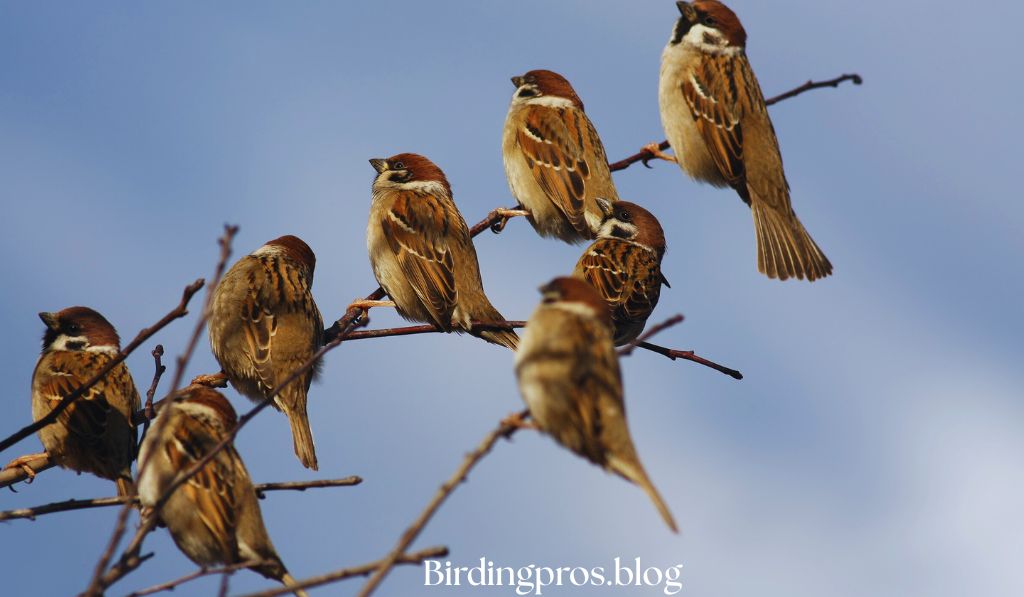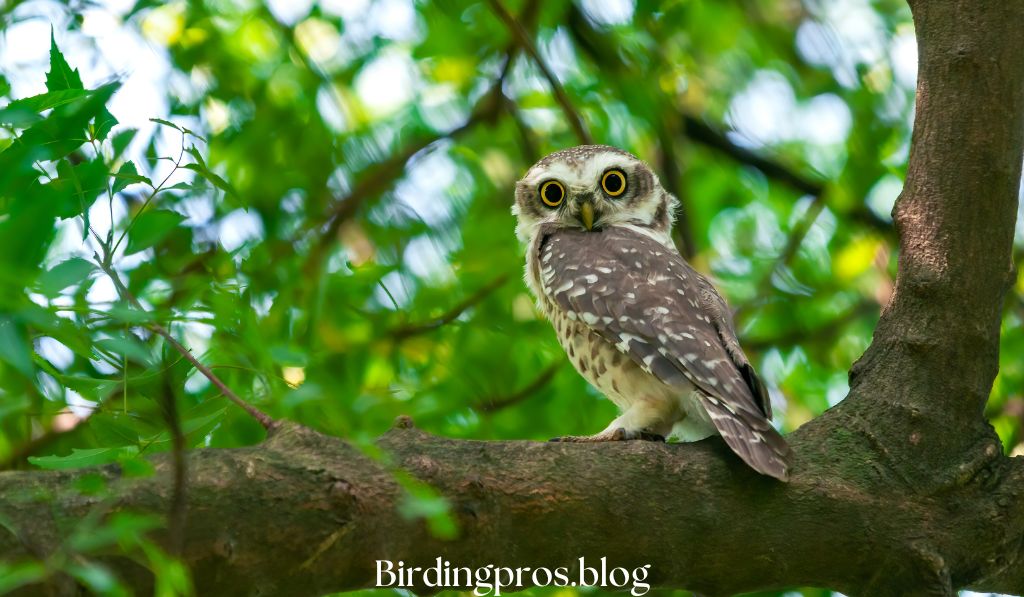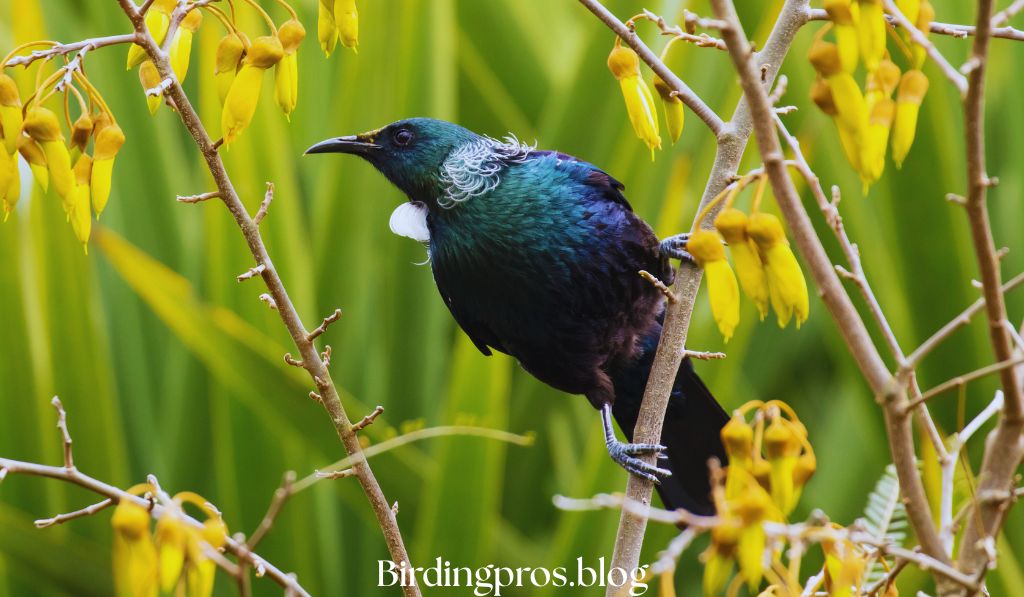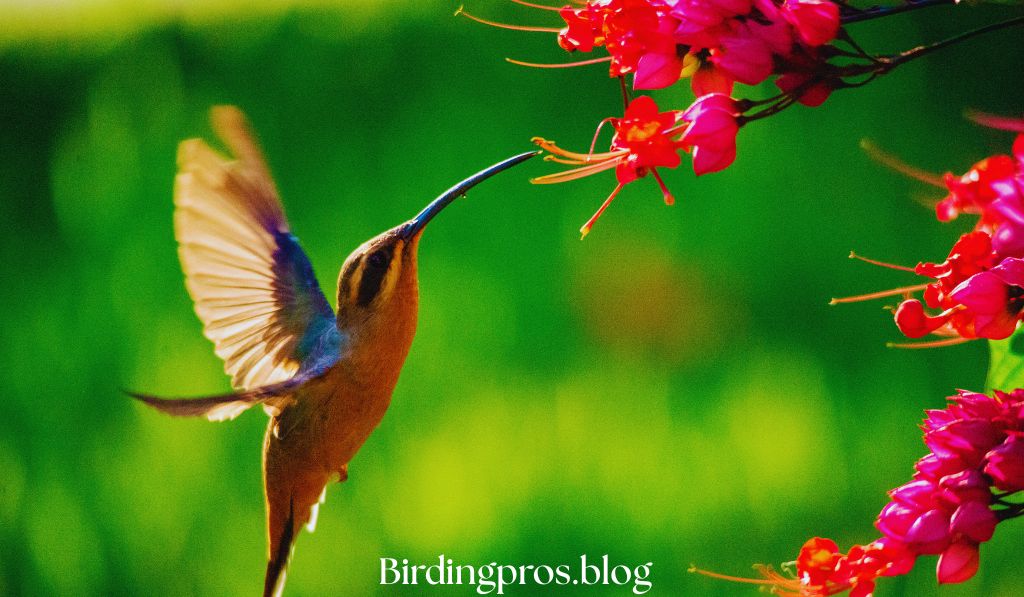Table of Contents
ToggleWhy You Should Attract insects-Eating Birds
As a skilled birder and garden enthusiast, you know that growing a fowl-satisfactory environment offers a couple of blessings.
Insects-eating birds are taken into consideration one among nature’s most efficient pest-manipulation services, consuming infinite insects each day that might in any other case damage your plants and disturb your outdoor leisure.
When you invite those feathered allies into your landscape, you are establishing a herbal balance that reduces or gets rid of the want for chemical interventions.
These birds target exactly the pests that cause the maximum lawn harm—caterpillars, beetles, aphids, mosquitoes, and limitless other invertebrates that would rapidly crush vegetation without natural predators.
Most bird species, irrespective of their primary grownup healthy diet weight-reduction plan, feed protein-wealthy insects to their developing nestlings.
By encouraging nesting in your yard, you will maximize the pest-controlling advantages at some point of vital growing months while insect populations commonly surge. This herbal synchronization works for your advantage as a gardener.
10 Effective Ways to Attract Insects-Eating Birds
1. Diverse Food Options
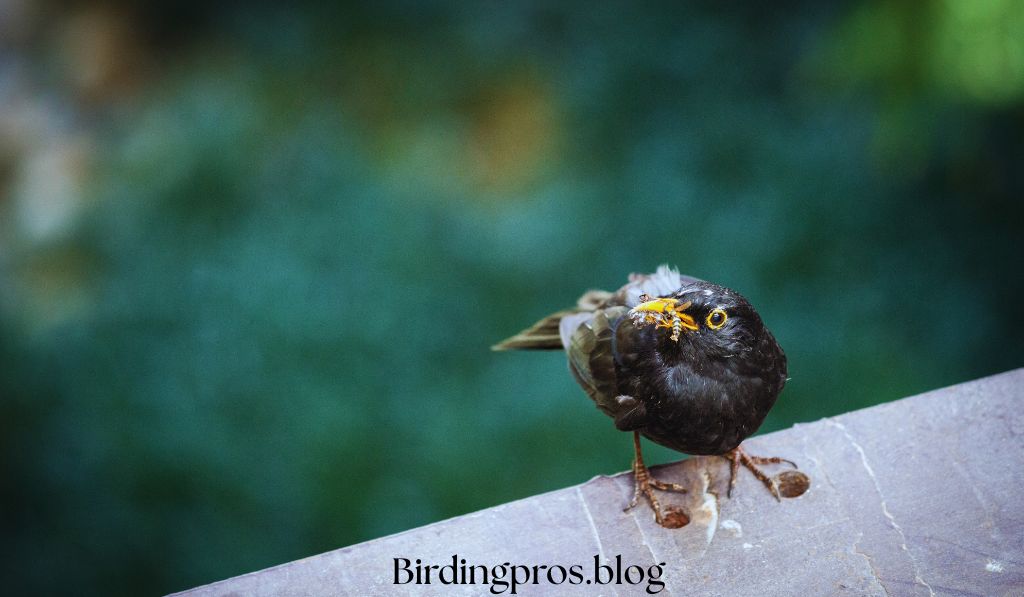
Strategic feeding stands as your maximum direct technique for attracting insect-ingesting birds. While the ones birds certainly hunt insects, supplementary feeding encourages them to establish territories inside your own home obstacles.
Different birds decide on special feeding stations. Platform feeders appeal to ground-feeding species like towhees and sparrows, at the same time as setting feeders bring in chickadees and nuthatches.
Suet feeders especially target woodpeckers, nuthatches, and exceptional bark-gleaning species that devour wood-uninteresting insects.
High-Value Food Sources
Black oil sunflower seeds constitute the gold popular for attracting the widest style of useful birds.
These nutritionally dense seeds enchantment to many insectivorous species, specifically at some point of wintry climate months whilst insects emerge as scarce.
For most appeal strength, contain live mealworms into your feeding software. These protein-wealthy treats show irresistibility to bluebirds, wrens, warblers, and several unique by means of and huge insectivorous species.
While dried mealworms offer consolation, live ones generate drastically more than hobby and enthusiasm.
2. Year-Round Water Access
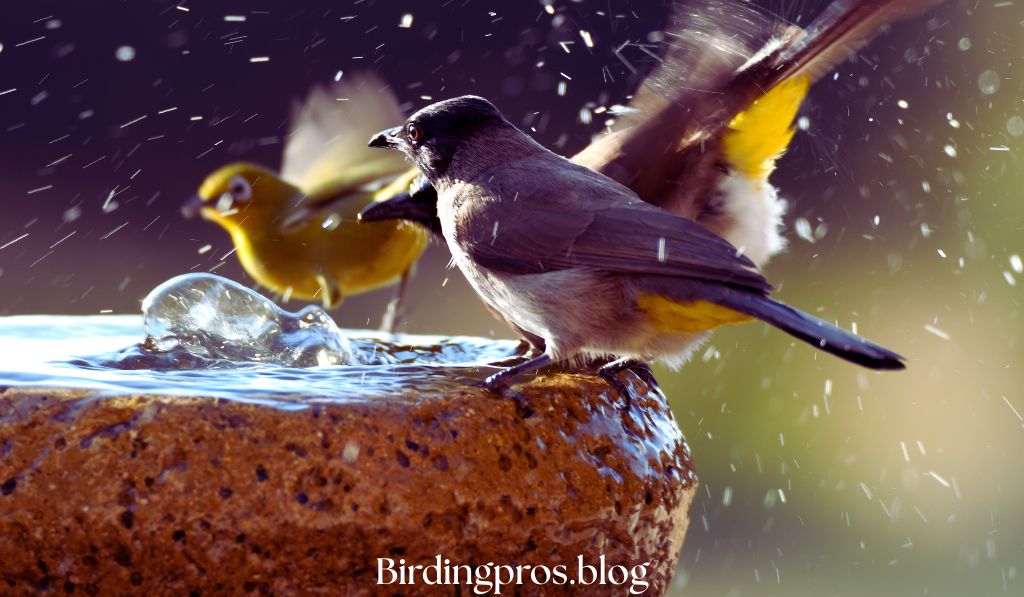
Fresh water serves as an important beneficial resource that draws birds regardless of feeding alternatives. Birds require dependable water not only for consuming but for keeping feather circumstance essential for green flight and insulation.
Strategic Water Placement
Position water functions in part protected locations that permit birds to technique with no hassle even as maintaining vigilance for predators.
Ideal placement consists of nearby perches at various heights where birds can land earlier than drawing near the water.
The ideal birdbath sits approximately 3 ft off the ground, has a step by step sloping basin no more than 2-3 inches deep at its middle, and consists of textured surfaces that offer strong footing. These format elements accommodate each big and small insect-consuming species.
Dynamic Water Features
Transform famous bird baths into powerful attraction equipment with the aid of incorporating motion. Birds hit upon shifting water from extremely good distances, attracted to the glowing reflections and splashing sounds that signal fresh, clean water.
Solar fountains, water wigglers, and easy dripper systems dramatically increase the effectiveness of any water feature. These additions additionally save you mosquito breeding with the aid of a way of disturbing the water ground—such as pest control blessings even in advance of birds arriving.
3. Strategic Nesting Sites
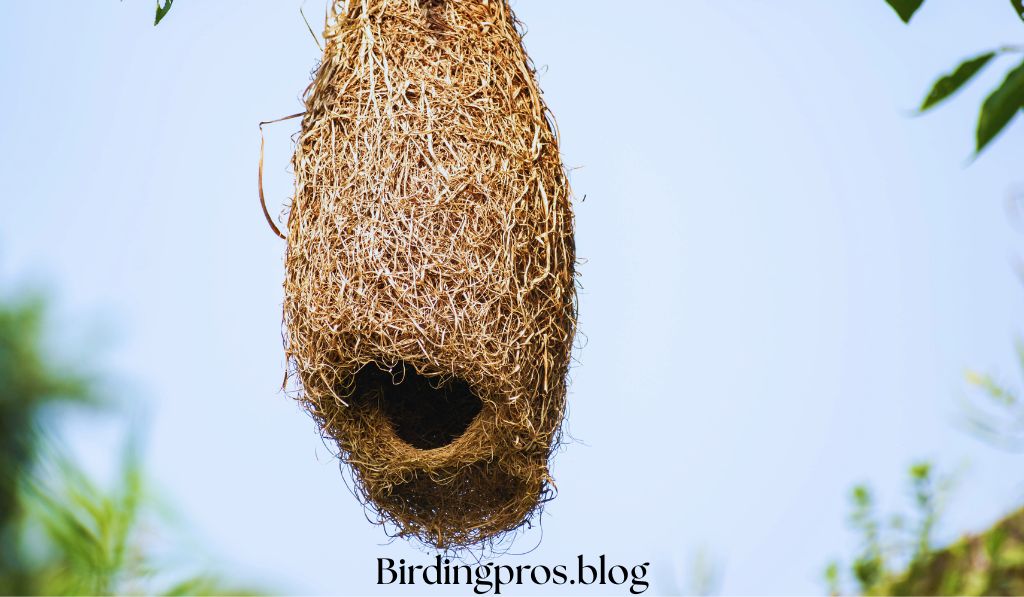
Providing appropriate nesting habitat stands as perhaps your maximum powerful lengthy-term method for attracting resident insect-eating birds.
Different species have particular nesting requirements, so diversification maximizes your attraction capability.
Natural Nesting Habitats
Maintain quite some flora structures such as dense shrubs, hollow space-rich timber, and regions with taller grasses. This range consists of floor-nesters like towhees, mid level nesters like cardinals, and hole area-nesters like chickadees and woodpeckers.
Less competitive pruning in the course of nesting season preserves valuable habitat. Consider designating “natural world corners” on your panorama wherein slightly messier, extra herbal conditions aid nesting sports activities without compromising your lawn’s traditional aesthetic.
Artificial Nesting Structures
Install species-precise nest boxes to draw particular insect-eaters. Bluebird homes require particular specifications along with right entrance hollow duration (1 1⁄2 inches), suitable mounting pinnacle (5-6 ft), and correct orientation (dealing with faraway from triumphing winds).
Wren homes function with smaller entrance holes (1 1⁄4 inches), whilst woodpecker packing containers offer deeper cavities with large openings. Research aims at species requirements in advance than set up to maximize occupancy fees and breeding achievement.
Nesting Materials Station
Create a dedicated nesting fabric station through filling a suet cage or mesh bag with herbal fibers such as cotton string (lessen to four-6 inch lengths), pet fur, plant down, and small twigs.
Position these materials near timber or shrubs in which birds can find them in some unspecified time in the future of nest-building periods.
4. Layered Protective Cover
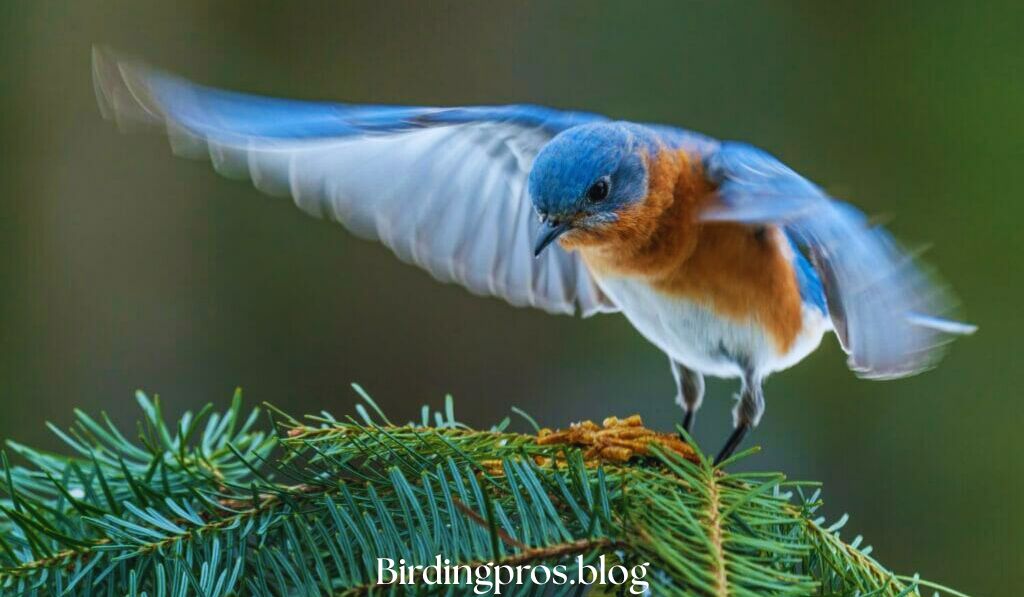
Birds require consistent safety to set up territories. Without good enough defensive cover, even the excellent meals and water assets may not maintain insect-consuming birds for long-time period pest control benefits.
Vertical Diversity
Develop a multi-layered landscape incorporating groundcovers, low shrubs, midsize trees, understory bushes, and cover specimens.
This vertical stratification creates numerous microhabitats that assist one of a kind insect prey species whilst presenting get away routes from predators.
Evergreen shrubs and timber offer particularly valuable 12 months-spherical shelter, serving as critical refugees throughout icy months and inclement climate. Their dense foliage gives solid roosting websites and safety from predators.
Brush and Log Features
Establish as a minimum one brush pile in a far much less visible area of your own home. These structures harbor countless insects while supplying cover for ground-foraging birds like wrens and thrushes.
Arrange big branches as a foundation with gradually smaller material on the pinnacle, developing several access points and inner chambers.
Retain logs and stumps in which are suitable, as these decomposing wood talents appeal to specialised insect-eaters like woodpeckers, creepers, and nuthatches.
The decaying timber hosts protein-rich grubs, beetles, and ants that the ones birds expertly extract.
5. Bird-Friendly Plant Selection
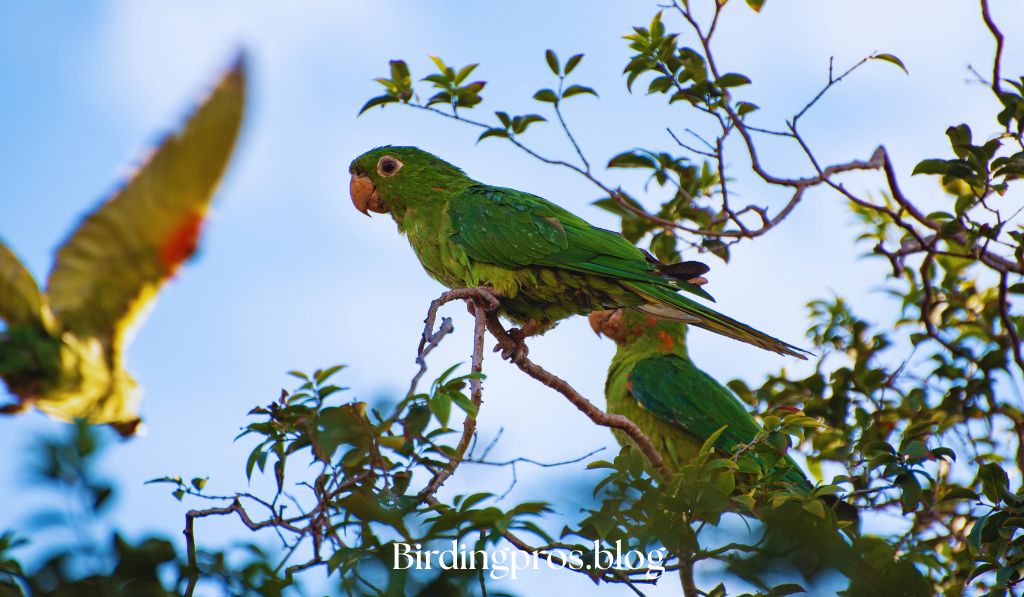
Your plant alternatives essentially decide which and how many insects—and therefore, which and how many insect-eating birds—will inhabit your panorama.
Native Plant Priority
Focus on close by local species that have evolutionary relationships with nearby insects. Research always demonstrates that local vegetation aids dramatically higher insect biomass than non-natives.
This expanded insect populace straight away interprets to greater bird activity.
Select nearby plants representing different families to maximise insect range. Include individuals of the aster, goldenrod, sunflower, oak, willow, birch, and cherry households—all specifically valuable for helping insects that end up bird food.
Four-Season Insect Support
Plan your lawn for non-stop insect manufacturing during the developing season. Early spring bloomers like serviceberry and redbud assist emerging insects that feed the first returning migrants.
Summer-flowering perennials keep insect populations through the breeding season, at the same time as fall seed heads and berries preserve birds throughout migration and wintry climate.
Caterpillar Host Plants
Specifically consist of flowers that host butterfly and moth caterpillars—maximum suitable food assets for nesting birds.
A single chickadee pair calls for 6,000-9,000 caterpillars to raise one to take hold of nestlings. Oaks, cherries, willows, birches, and viburnums rank some of the most effective caterpillar host vegetation.
Chemical-Free Management
Maintain completely pesticide-loose practices all through your landscape. Even herbal insecticides can substantially reduce insect populations, undermining your bird’s appeal efforts.
Focus as an alternative on growing balanced ecosystems in which birds offer your number one pest management.
6. Productive Compost Systems
Strategic composting creates insect-rich feeding zones that mainly appeal to ground-foraging species consisting of robins, thrushes, towhees, and sparrows.
Compost System Design
Establish either conventional pile systems or enclosed bin composters in semi-sheltered locations available to birds however specifically included from extreme weather.
Position compost areas wherein you may effortlessly study birds’ hobby without worrying about their feeding.
Active Management Practices
Turn compost materials weekly for the duration of heat months to show insects, larvae, and worms hidden within the decomposing relay.
This regular disturbance makes invertebrates temporarily more reachable to birds and hurries up the decomposition technique.
Include each “green” (nitrogen-wealthy) and “brown” (carbon-wealthy) substances in suitable ratios to assist numerous decomposer companies.
The wider the kind of decomposing materials, the greater the resulting insect population available to birds.
Edge Habitat Creation
Position compost structures in which they invent transitional edges between distinct panorama functions. These area habitats usually aid higher biodiversity and trap more bird species than homogeneous areas.
The assessment amongst open gardens and woodland, as an example, creates high feeding territory for plenty of insect-eaters.
7. Strategic Mulching Practices
Proper mulching extensively will grow insect habitat while improving popular lawn fitness. The insect-rich surroundings underneath mulch draws numerous floor-foraging birds.
Natural Mulch Materials
Use organic, undyed mulch products that grade by grade harm down, developing habitat for decomposer organisms.
Shredded leaves, wooden chips, straw, and pine needles all assist diverse insect companies while defending soil moisture and suppressing weeds.
Partial Mulching Technique
Rather than using continuous mulch all through planting beds, go away strategic gaps in which bare soil remains exposed.
These bare patches provide critical access factors for ground-feeding birds like towhees and sparrows that scratch through floor substances to find out hidden insects.
Leaf Litter Preservation
Designate unique regions wherein fallen leaves remain undisturbed through winter. These leaf muddle zones harbor overwintering insects and their eggs, providing crucial meal resources in the course of early spring even as returning migrants first arrive and resident birds begin nesting.
8. Vertical Gardening Structures
Incorporating vertical elements creates greater insect habitats at the same time as maximizing constrained area. Trellises, arbors, pergolas, and wall-hooked up planters all boom your lawn’s insect-assisting capacity.
Living Walls
Install plant-covered systems that create vertical insect habitat at the same time as consisting of visible interest for your panorama.
Climbing vines, espaliered fruit timber, and dwelling wall systems dramatically increase the plant surface vicinity to be had for insect colonization.
Certain trekking plants mainly help insect populations—local honeysuckle, virgin’s bower clematis, and trumpet creeper all attract severa pollinating insects that grow to be food for flycatchers, warblers, and unique insect-catching experts.
Insect Hotels
Construct or purchase insect accommodations providing various chamber sizes, hole tubes, and herbal materials. These systems manual beneficial insects collectively with solitary bees, lacewings, and predatory wasps—all valuable prey for insect-eating birds.
Position these capabilities in sheltered, south-going through locations where they collect morning daylight however avoid afternoon warmth. The numerous insect populations they refuge emerge as focused feeding stations for birds.
Top 10 Beneficial Insect-Eating Birds to Attract
Numerous fowl species offer precious pest management offerings. Understanding their specific feeding behaviors and habitat requirements allows you to goal attraction efforts efficiently.
1. Eastern Bluebirds
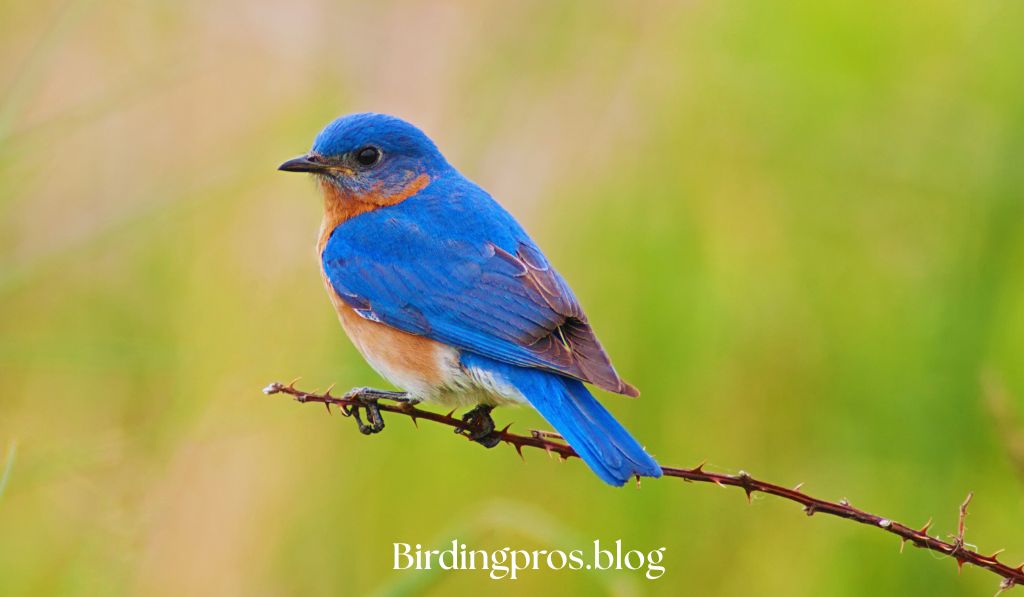
These lovely thrushes cognizance of eating large insects collectively with grasshoppers, crickets, beetles, and caterpillars.
Their searching technique includes perching on uncovered branches, scanning open areas, then swooping right right down to capture prey.
To entice bluebirds, installation specialised nest bins in open areas with scattered bushes. Position boxes 5-6 toes excessive, coping with far from winning winds and closer to open searching grounds.
Supplement with mealworm feeders inside the course of nesting season to maximise enchantment.
2. Carolina Wrens
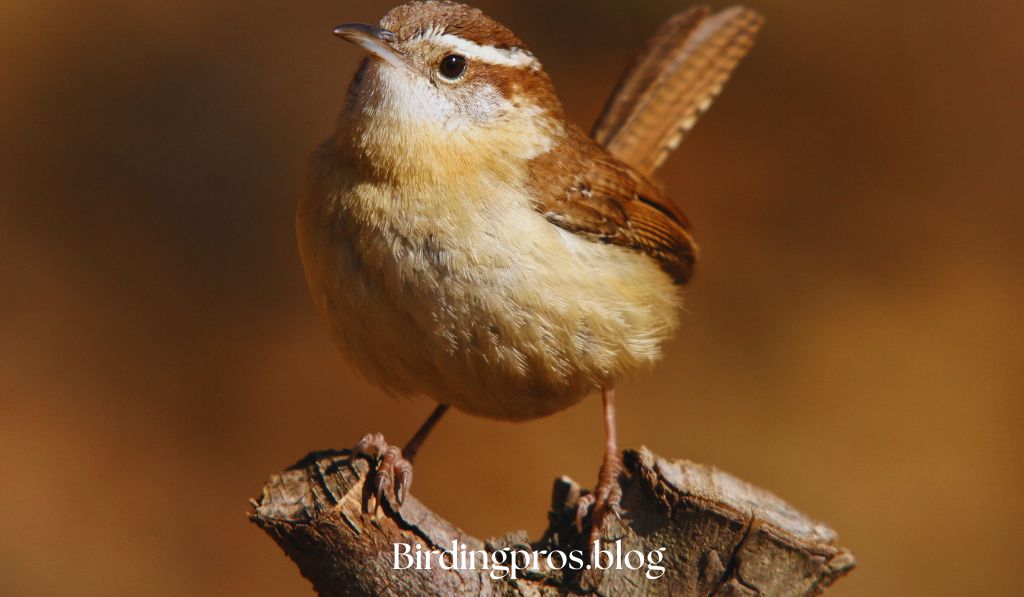
These lively one year-spherical residents methodically search through dense flowers, brush piles, and floor-degree particles for hidden insects.
Their slender, curved payments permit them to extract prey from crevices inaccessible to one of a kind birds.
Wrens consume outstanding portions of beetles, spiders, caterpillars, and specific garden pests. Create brush piles and hold dense shrub thickets to attract those precious insect predators.
Install wren homes with 1¼-inch the front holes close to these defensive cover functions.
3. Downy Woodpeckers
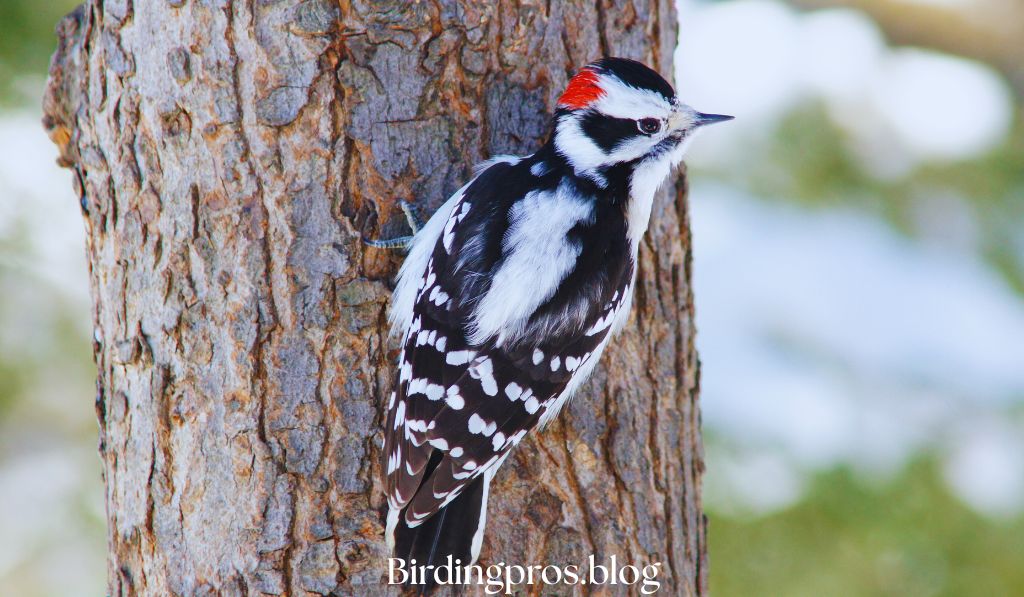
These small woodpeckers extract wooden-dull insects and their larvae from timber and shrubs using specialized bills and comparatively prolonged, barbed tongues.
They devour timber employee ants, beetle larvae, bark beetles, and specific wood-destroying pests.
Attract downies through putting in suet feeders and retaining useless tree limbs wherein stable to accomplish that.
These birds quite simply use nest containers with 1¼-inch front holes full of timber chips. Position those boxes on tree trunks five-20 feet above ground stage.
4. Tree Swallows
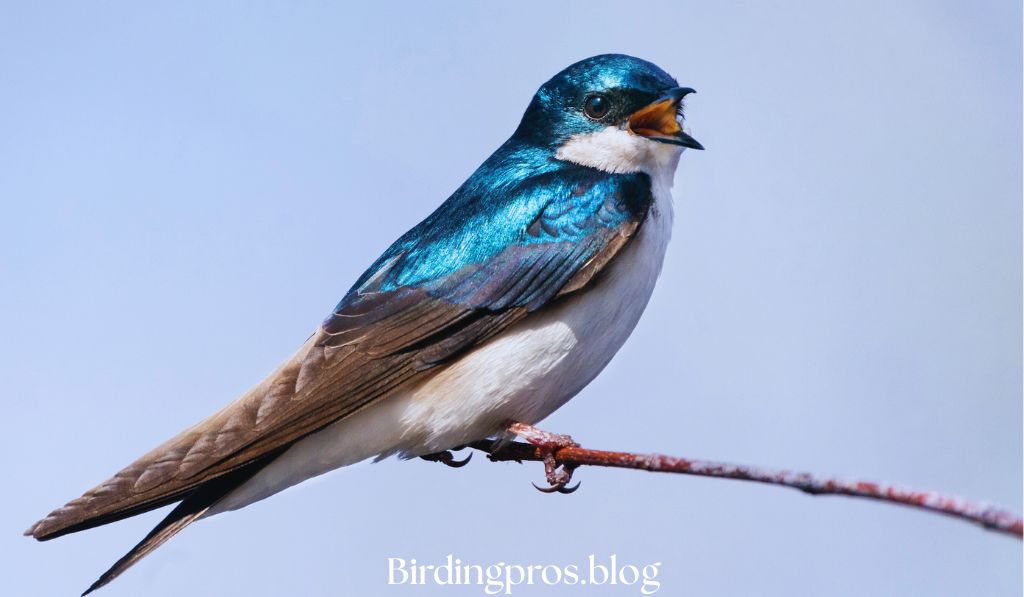
Aerial insect-looking experts, tree swallows seize flying insects on the wing, ingesting tremendous quantities of mosquitoes, flies, and flying ants. A single swallow can consume lots of flying insects each day during breeding season.
Install nest packing containers close to open regions wherein these birds can pursue aerial prey. Position containers on posts five-6 toes excessive in open settings, ideally close to water functions.
Unlike bluebird containers, swallow homes can be clustered fairly near together (30-40 ft apart).
5. Chickadees
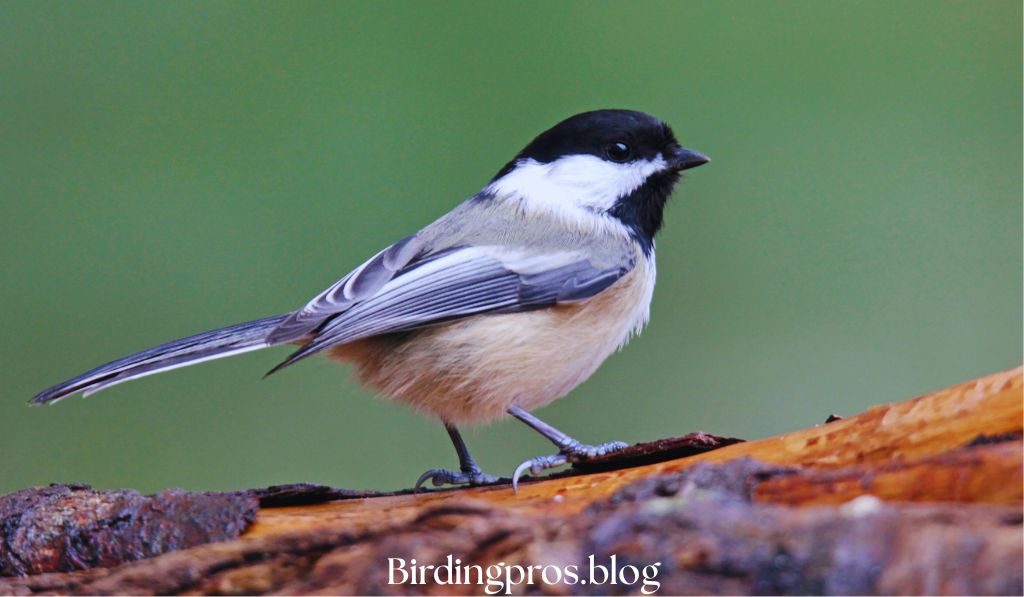
These charismatic three hundred and sixty five days-spherical residents systematically search tree bark, buds, and foliage for insects, insect eggs, and larvae.
They specifically intend caterpillars in the course of nesting season, with a single pair gathering 6,000-9,000 caterpillars to raise one brood.
Offer black oil sunflower seeds and suet to attract chickadees, and installation nest bins with 1 1⁄8-inch front holes in partly shaded locations 5-15 toes excessive.
Plant nearby bushes which encompass thoroughly, cherries, and birches that host numerous caterpillar species.
6. Eastern Phoebes
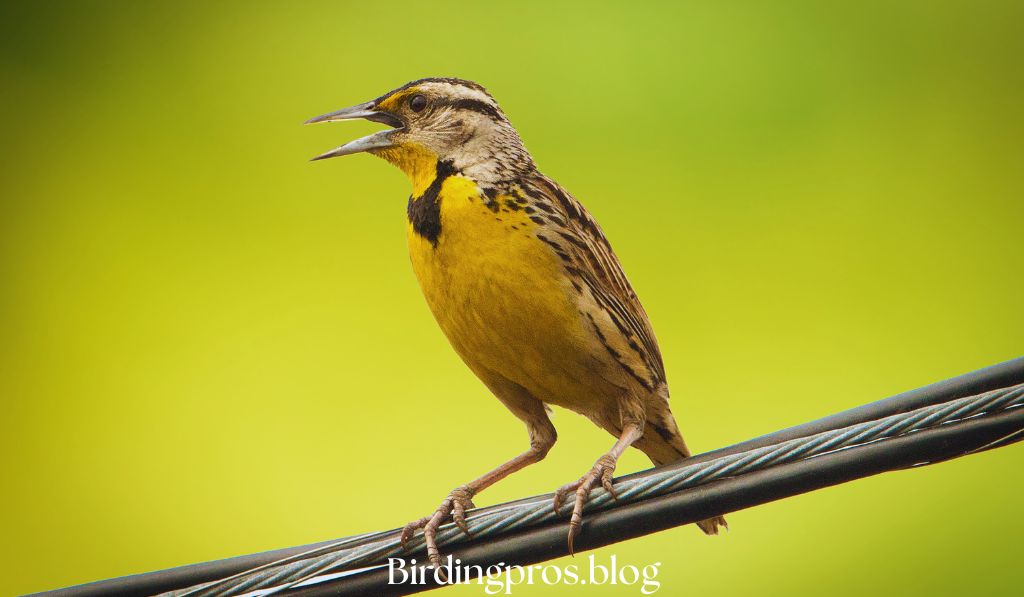
These flycatchers are conscious of catching flying insects from perches spherical on your lawn. Their considered one of a kind tail-pumping conduct makes them clean to pick out as they wait on exposed perches in advance than darting out to seize passing insects.
Phoebes specifically aim flies, wasps, beetles, and moths—many agricultural and lawn pests. Install nesting cabinets beneath eaves or overhangs, ideally close to water skills. These birds go lower back to successful nest web sites 12 months after yr.
7. Northern Cardinals
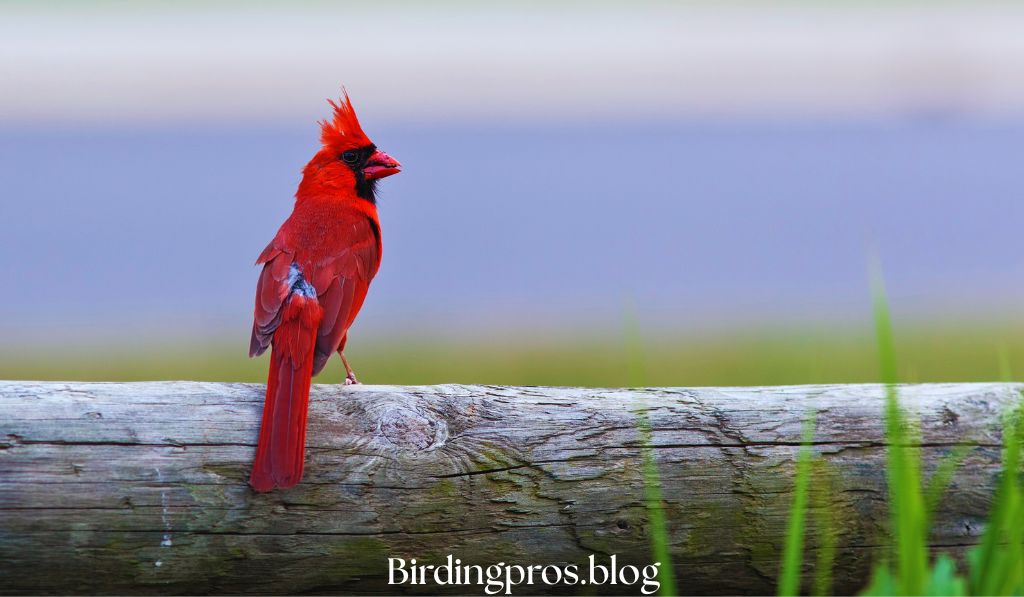
While specifically seed-eaters as adults, cardinals feed their nestlings nearly completely insects, focusing on beetles, grasshoppers, and caterpillars. Their heavy bills without troubles overwhelm hard beetle exoskeletons that different birds avoid.
Attract cardinals with black oil sunflower seeds in platform or hopper feeders. Plant dense shrubs for nesting web sites, in particular thorny natives like hawthorns and roses that provide protected nesting places. These birds in particular charge evergreen shrubs for wintry climate roosting.
8. American Robins
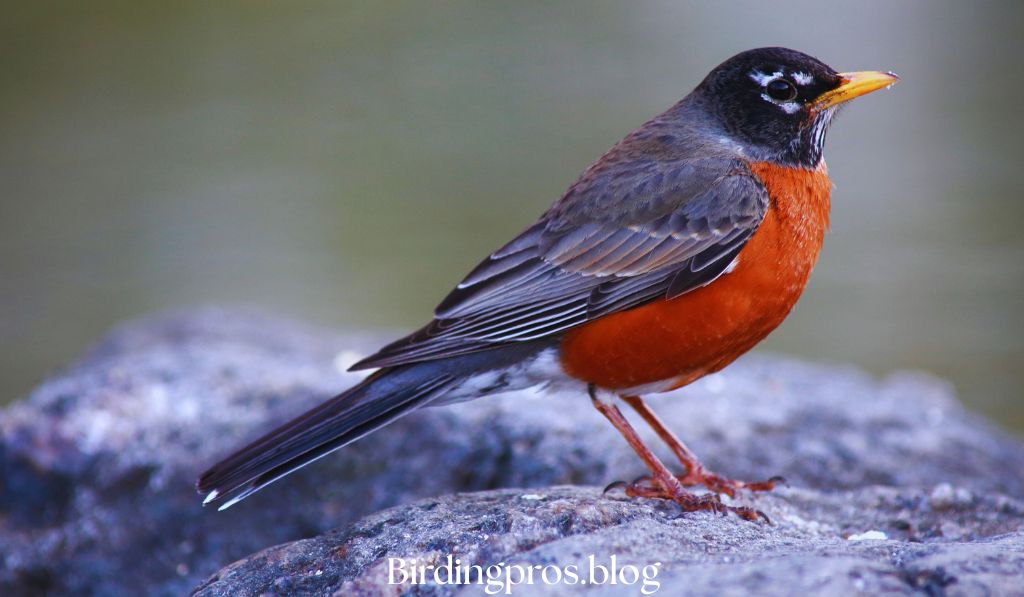
As floor-foraging thrushes, robins are aware of extracting earthworms and soil-living insects from lawns and lawn beds. They additionally eat significant portions of caterpillars, beetles, and different foliage-feeding pests at some point of nesting season.
Maintain chemical-loose lawn areas wherein robins can hunt for soil invertebrates.
Plant fruit-bearing trees and shrubs that enchant to robins and supplement their insect diet regime for the duration of fall and winter climate. Create bird baths with regularly sloping factors for those enthusiastic bathers.
9. Baltimore Orioles
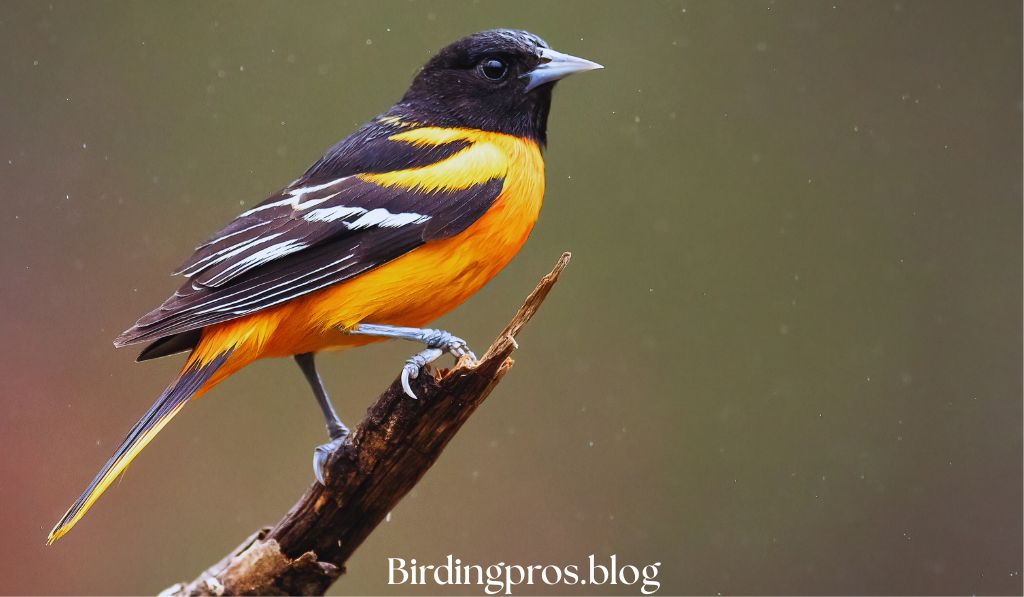
These brilliant orange-and-black birds consume great quantities of bushy caterpillars that different birds avoid, consisting of tent caterpillars and fall webworms. Their specialised bills allow them to extract those included larvae from their silken nests.
Attract orioles with specialized feeders presenting grape jelly, orange halves, and sugar water. Plant nearby fruit-bearing wood and shrubs together with serviceberry, dogwood, and wild cherry.
Preserve regions with tall deciduous wood wherein those birds build their distinct putting nests.
10. House Wrens
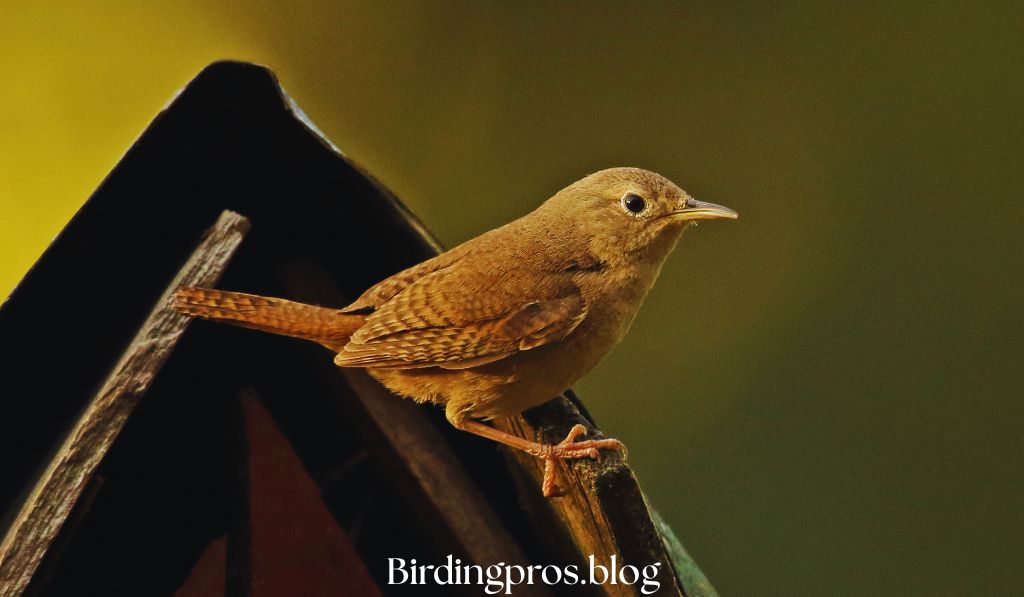
Among the most voracious insect predators, house wrens feed nearly completely on insects and spiders. An unmarried pair can also supply over 500 feeding visits to nestlings each day, each wearing more than one small insect or spiders.
Install wren houses close to vegetable gardens to maximise pest management advantages. These adaptable birds in reality use nest containers with 1-1 1⁄4 inch front holes located 5-10 feet excessive.
Create brush piles and maintain areas with twiggy shrubs wherein wrens can hunt correctly.
Final Recommendations for Maximum Bird Attraction
Successfully attracting insect-eating birds requires a comprehensive approach addressing all their habitat wishes.
By implementing a couple of enchantment techniques simultaneously, you may create a compelling environment that birds discover impossible to resist.Focus on growing the entire habitat as opposed to remote features.
The combination of appropriate meals, clean water, defensive cowl, and safe nesting web websites establishes the foundation for sustainable bird populations. This holistic approach maximizes every bird variety and pest manipulate advantages.
Begin with strategies that align with your existing panorama and regularly incorporate additional elements.
Even small regions can help massive bird activity at the same time as thoughtfully designed with birds’ requirements in mind. Consistency subjects—birds learn how to depend on dependable sources and installation territories because of this.
By partnering with insect-ingesting birds, you’re actually enforcing one of gardening’s maximum sustainable pest management strategies.
This natural system advantages your flowers, supports bird populations, and contributes to broader environmental fitness by reducing chemical interventions and supporting biodiversity at more than one stage.

